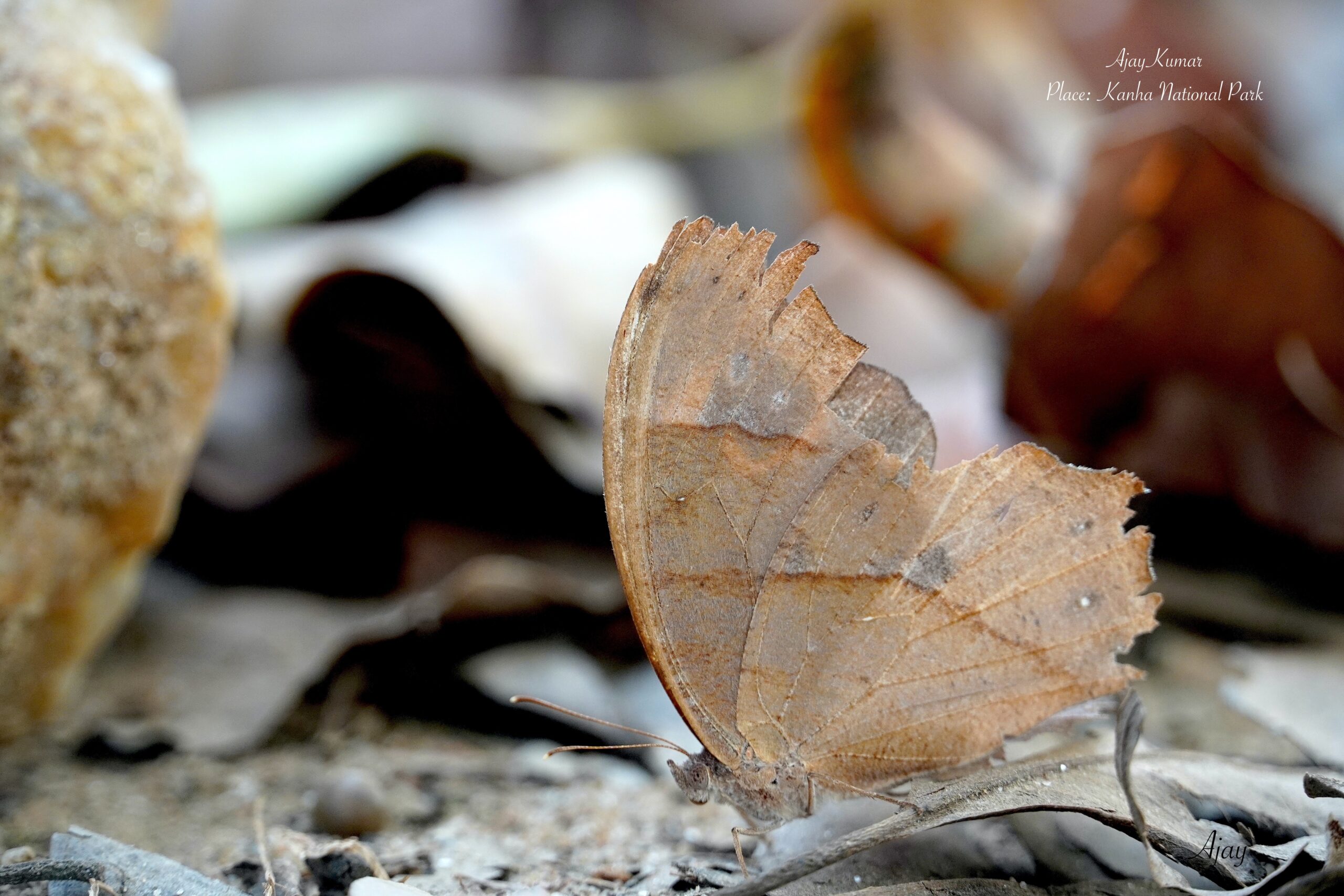Volume 11 Issues 3 March, 2021
unprecedented COVID19 pandemic has affected almost all aspect of life including trivial dental issues. In general dental problems are ignored as not considered life-threatening but severe pain and difficulty in eating can affect the quality of life to a great extent healthy teeth reflect a healthy lifestyle. The virus that causes COVID-19, SARS-CoV-2, is profusely present in nasopharyngeal and salivary secretions of patients infected with SARS-CoV-2 and is believed to be spread primarily through respiratory droplets, as well as aerosols and fomites.
Dental practice affected the most during COVID-19 Pandemic as most of the dental procedures as aerosolgenerating
and a dentist has to work closely to the oral cavity, saliva, blood and respiratory tract secretions which subjected to high risk of cross-infection of COVID-19 for both patient and doctor. Some of the patients who are infected with COVID-19 but asymptomatic and undergoing dental treatment may spread the infection to their counterpart dental practitioners. As per the National Health Profile 2019, total numbers of Dental Surgeons Registered with Central/State Dental Councils of India till December 2018 are 254283. However, the Number of Government Dental Surgeons (Provisional) is 7337 which account for only 2.88% and most of the dental surgeons are private practitioners and their source of income is through only private clinical practice.
High risk of cross-infection of COVID-19 to dental practitioners, their family member and financial hardship due to shutting down of the dental clinic during lockdown due to COVID-19 pandemic leads to considerable psychological distress among dental practitioner. The growing data suggests a high level of psychological stress and avoidance to perform risky dental procedures have been seen among dental practitioners. Most of the privet practitioners closed their practices and even government hospital also conducted limited numbers of procedures. Moreover, the use of PPE and other safety measures increased to the cost of the procedures and renders procedure unaffordable for most of the financially deprived population. All these factors resulted in piling up of the case with oral health problems further worsened the situation.
Efforts have been made to deal with the situation, several safety guidelines issued such as safety guideline by the government of India in which regions are divided into zones according to numbers of active cases of COVID-19 i.e. dental clinics as closed in containment zone however they could continue to provide teletriage. In the red zone, emergency dental procedures can be performed. Dental clinics are functional in the orange and green zone for emergency and restricted procedures. Moreover, the focus has been given on innovative approaches to minimize aerosol generation during oral procedures. A validated teledentistry model has been developed. Research has been directed to find the cost and benefit of expanded PPE use.
In the last, dentistry has to have several issues to unfold during the covid-19 pandemic. The dentist has to be more equipped with the art of self-care physically and well as mentally to deal with anxiety, stress and avoidance related to oral procedures. Secondary, an alternative and adaptive strategies to be developed minimise the risk of cross-infection with COVID-19 during oral procedures.


